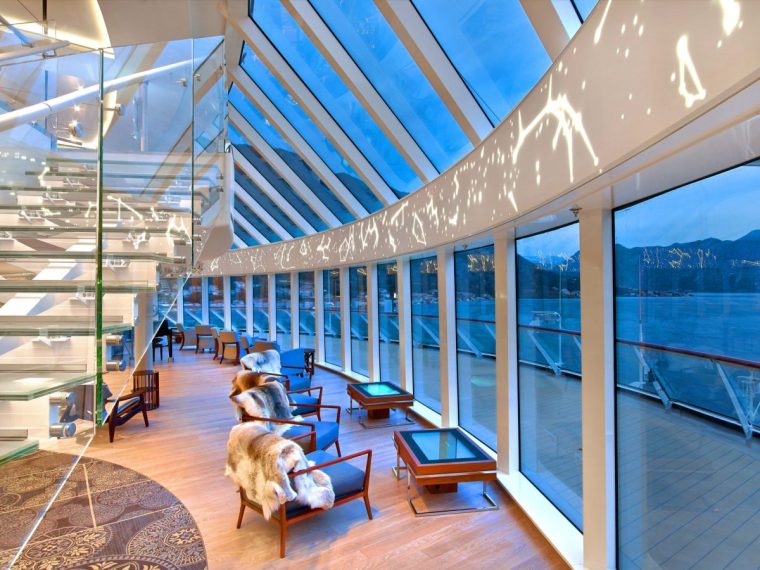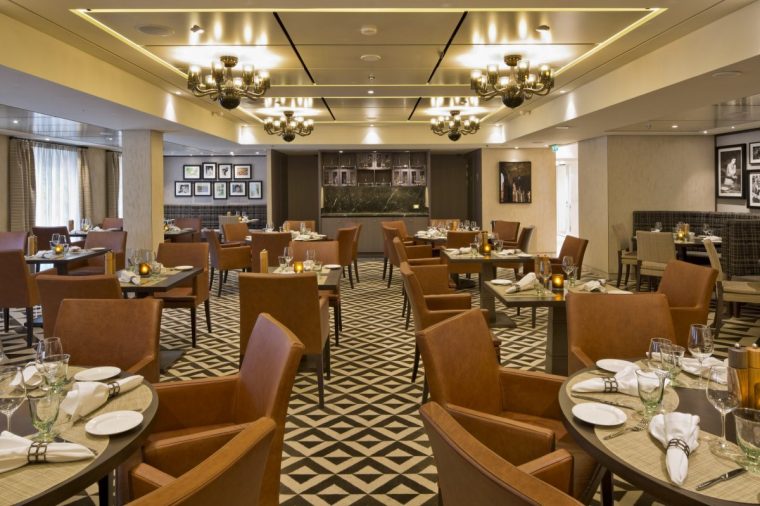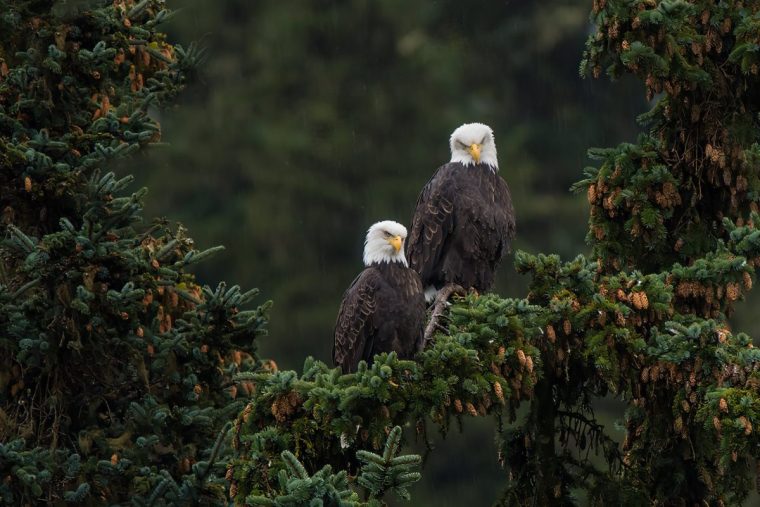The Vast and Untamed Beauty of Alaska
Alaska, the largest state in the United States, is also one of the most sparsely populated. It covers nearly a fifth of the country’s total area, yet its population is just 750,000—less than the city of Seattle. This vast expanse is characterized by few roads and even fewer settlements, making it a land of wilderness and natural wonders.
The wildlife in Alaska is nothing short of spectacular. On land, you can find bears, moose, porcupines, and various types of deer roaming across the tundra, taiga, mountains, and coastline. The marine life is equally diverse, with a wide array of sea creatures inhabiting the waters. In the skies, a quarter of all the bald eagles in the country can be found soaring above this remote region.
Compared to the bustling cities of the contiguous United States, the call of the wild in Alaska is hard to resist. This allure has made Alaska the top cruise destination in the country, with 1.67 million visitors expected by ship this year.
However, the growing number of tourists has sparked some controversy. Juneau, the capital of Alaska with a population of just 32,000, has limited the number of ship visits to between 12,000 and 16,000 per day. This popular stop on many Alaskan cruise itineraries is known for its nearby icefield, mountains, and glaciers, but it’s almost impossible to access by road.
During an 11-day voyage on Viking’s Orion, I experienced the beauty of this remote state firsthand. The ship, which can accommodate 930 passengers, was airy and spacious, offering a comfortable base for days of scenic sailing. We got remarkably close to glaciers and icy bays, and I even paddled a kayak around the labyrinth of Siginaka’s tiny islets.

We sailed into Yakutat Bay, a surprising surf destination protected by a huge reef, and then on to the monumental Hubbard Glacier, which is six miles wide where it meets the ocean. In Glacier Bay, a UNESCO World Heritage Site, I lost count of the number of glaciers, but I could hear them groan as they calved icebergs into the green water.
One morning, during a catamaran excursion in Resurrection Bay, a whiskery sea otter floated past on his back, surrounded by jellyfish that looked like floating fried eggs. A bald eagle’s white head stood out against the deep green of the shoreline trees. Seals dozed in family groups at the water’s edge, and most notably, a pod of around 30 orcas swam alongside us, almost close enough to touch. One orca, clearly a showman, leapt out of the water in three magnificent breaches.

At the Alaska Raptor Center in Sitka, injured eagles and owls were being nursed before returning to the wild. Most injuries are caused by collisions with power lines and cars, fishing tackle, or dumped chemicals. The nearby Fortress of the Bear sanctuary is home to orphaned black and brown cubs.
There were also whale watching excursions and dogsledding over the Mendenhall Glacier, as well as salmon fishing. Millions of salmon swim upriver to spawn between May and October. At the Alaska Seal Centre in Seward, we saw delightful puffins and giant Pacific octopuses that can measure up to 14 feet.

On other stops, the focus was on the Alaskan people. Living in one of the world’s most hostile climates, they are resilient. The 19th-century St. Michael’s Cathedral in Sitka is a legacy of early European settlers and Russian fur trappers who came when Russia controlled most of modern-day Alaska.
The US bought Alaska for $7.2 million in 1867 after the Crimean War—a steal when you consider what followed, including the Gold Rush. A tiny museum at Valdez tells the story of the prospectors who arrived in 1898 looking for an easy way to the Klondike. Several glaciers blocked their path, but they prospered with trappers, fishing, and planes they adapted with audacious ingenuity (substituting skis for wheels).

Of Alaska’s Native peoples, the Tlingit tribes have been established on the Pacific Northwest coast and islands for 10,000 years. Their way of life has endured despite the odds—fishing, foraging, and sailing canoes (up to 120 feet in length and hollowed from a single tree) to trade as far as Hawaii.
At Icy Strait Point, outside the small town of Hoonah, Tlingit community leaders William and Dino shared their history. Through the long, dark winters, they would make canoes and totem poles, telling stories and enjoying ceremonial potlatches. They also wove elaborate ceremonial robes with images of animals that represent clan histories and their connection to the land, sea, and sky through which we were lucky enough to be sailing.
How to Experience Alaska
Viking’s Alaska and the Inside Passage cruises, which run between Vancouver and Seward, start at £5,790 per person for 10 days, excluding flights. For more information, visit travelalaska.com. Visitors to Alaska need to apply for a US ESTA, which increases from $21 to $40 at the end of September. You can apply at esta.cbp.dhs.gov.



